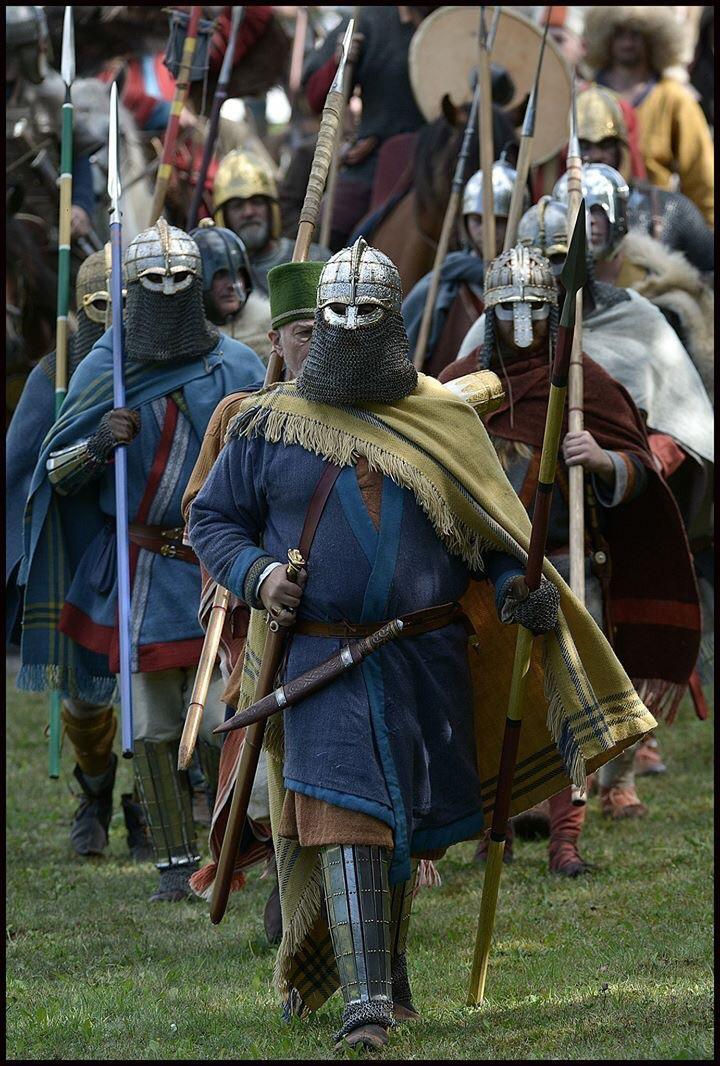When a Viking was Skinned in Worcester
- Jan 12, 2021
- 4 min read
No doubt many of you with Netflix will now be eagerly binging on the latest season of The Last Kingdom, so here is a tale of Danes against Anglo Saxons from my home town of Worcester.
HarthaCnut was Danish king of England for just two years. His name meant “hard knot” (not “half a Cnut” as often said) and he was one of the sons of Cnut the Great. Cnut, after an exhausting series of conflicts with his English nemesis Edmund Ironside, was proclaimed king of all England and brought the country into his “North Sea Empire” along with Denmark and Norway.
When Cnut died suddenly in 1035 his son Harold Harefoot was elected by the Witan (things still ran in the Anglo Saxon style) as regent of England while his brother HarthaCnut fought to retain the rest of the empire in the Norse lands. Predictably Harold worked to have himself crowned as king, and HarthaCnut sent his step brothers Edward and Alfred with an army to end his ambitions. (I do like the Old English spellings Eadweard and Aelfraed). This warband was beaten and Alfred captured by Godwin, father of the great Harold Godwinson. who beat and blinded his prisoner leading to his death. As soon as Harold Harefoot died HarthaCnut, still appalled at his step brother's death, returned and took the throne peacefully. However, one of the first things he did was to have his brother's body exhumed and publicly beheaded, before being thrown into a bog!
As we can see just from these notes from history, the Danes and the Anglo Saxons were similar people who shared some traditions and ways of doing things, in fact the main difference when they first came as Vikings in the 700s was that they were pagan. Other than developments in navigation and metalworking, there would have been little difference between the occupied Danish territories in England and the same places when the heathen Angles and Saxons arrived in the 400s. In later centuries successful “vikings” would have worn the wool cloaks, gold and fine tunics that their Saxon counterparts dressed in.
But back to HarthaCnut. Besieged on all sides of his empire, he cruelly taxed his subjects to raise funds for a bigger and stronger naval fleet. Tithe collectors went out into the lands to collect the gold and silver their king demanded. Arriving at the burgh of Worcester the people had had enough, they rioted, ending in the death of both officials. HarthaCnut was enraged. He proclaimed that Worcester was to be subject to an old punishment, still legal but little used. The town and it's surrounds were to be “harried”, laid to compete waste, burned and razed to a sterile wasteland of dirt and ruin. The good folk of Worcester, knowing what was on it's way, fled for their lives, with the bulk of them hiding out on Bevere island. This landmass in the River Severn obtained it's name from being the habitat of dozens of beavers that formed their dams around the weir and the streams that fed the mighty river.
The rampaging army finally found the defiant townsfolk and made four attempts to attack, all repelled. Eventually they were allowed to leave the island in peace upon the promise of a large payment of coin, above and beyond the original tax. Here is where the story becomes murky. In the library in Worcester Cathedral there are three pieces of what looks like shrivelled old leather. They are in fact patches of human skin. They have been analysed and confirmed as the flesh of a northern European human from around the time of the tax ruckus.
In the Victoria County History an explanation is offered for these gruesome artefacts. During the deadly riot against the tax collectors one man hid inside the building that was then Worcester Cathedral. Parts of the crypt of the building still survive today, and it became a magnificent example of early medieval architecture. He tried to drag the “Sanctus bell” out of the cathedral, perhaps thinking reinforcements might be on their way, but was spotted and surrounded. Enraged at this sacrilege the mob seized the reive and decided to carry out something far worse than stealing a church bell. The man was skinned alive and his flayed hide stretched and nailed to the door of the Cathedral. Nothing could stop this ordeal that Ramsey Bolton would be proud of from being carried out. It would seem the grim memento was removed by the monks before the arrival of the reprisal squads but some of it fastened to a later door where it remained for some time. . Over the centuries pieces were taken and possibly sold to other churches, as other “Dane skins” do exist at other places of worship. However – the Worcester skin is the only one that has been proven to be genuine.
If you want to see these remains – when these strange times are less strange – then you'll have to plan ahead as access to the library is only granted a couple of times a year. There are many tales I'd like to share about the Anglo Saxon period in Worcester but this one should be preserved and retold as an example of a time when the fortunes of an entire city could change in a day – and when tax could mean life or an agonising death.

Bevere island today, it would have been larger and the river wider during the 1000s

The infamous pieces of skin

HarthaCnut as portrayed on a coin minted during the reign

Anglo Saxon and Dane warriors, typical of the band who would have attacked Worcester






Comments